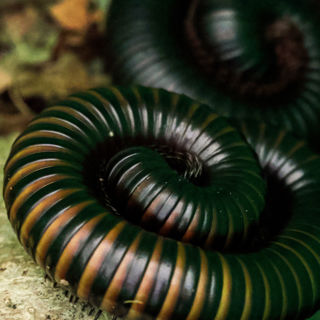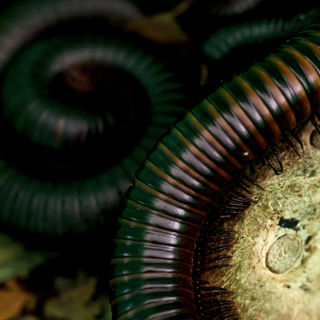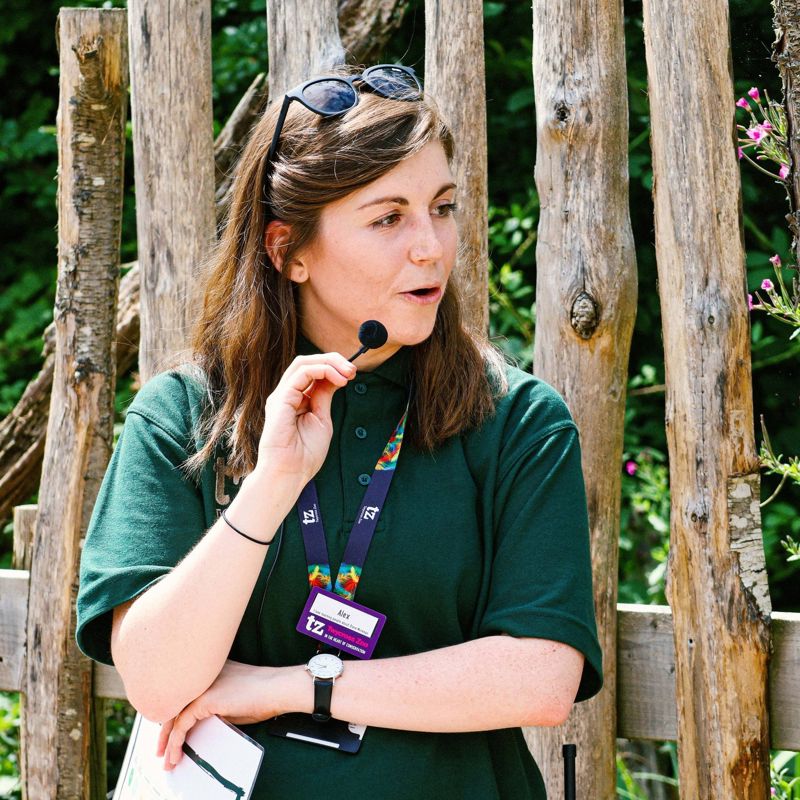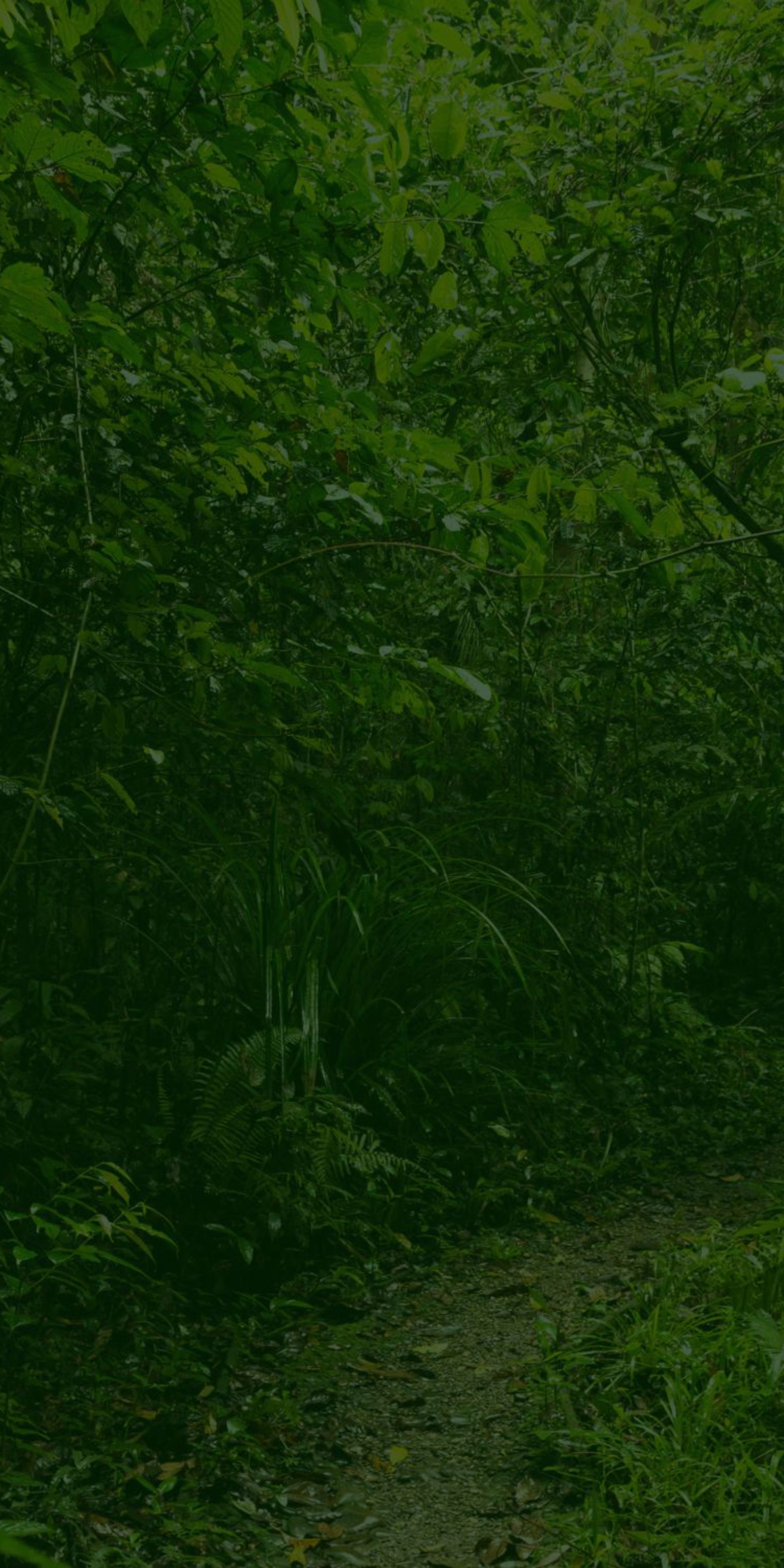
Giant african millipede
Key Facts:
Range: South and east coast of Africa, from Somalia down towards South Africa
Habitat: Forests (forest floor-dwelling) and shrubland
Diet: Decaying plant matter
Average Size: 12–15 inches long, 2.5 inches diameter
Lifespan: 5-7 years
IUCN Red List: Least Concern
Giant African millipedes are from the east coast of the continent of Africa, residing across at least six countries including Tanzania and Somalia in forests and shrublands. This species is one of over 12,000 described species of millipede, all of which are considered to be keystone species (species that play an essential role within their habitats).

Giant African millipedes are very important for ensuring soil health. As a burrowing species, they aerate (mix air into) the soil as they dig and produce underground tunnels, keeping the microscopic living organisms within the soil varied, alive and healthy. Additionally, these detritivores (animals that eat dead organic material), produce compost as they digest leaf litter within their bodies, improving the forest floor’s ability to keep plants alive.
As a defense mechanism, giant African millipedes have developed the ability to release an irritating liquid from glands located on either side of their body to deter a diverse range of predators from eating them. Fossil records place millipedes among some of the oldest land-based animals, so it’s probable that they were also one of the first to develop chemical defenses against their predators.

Millipedes and centipedes’ bodies are both made up of interconnected sections, but millipedes have two sets of legs connected to each section whereas centipedes only have one.
Millipedes molt (shed their exoskeleton – the skeleton that sits on the outside of their body) until they are fully mature. Before they molt, their exoskeleton becomes less shiny, and after every molt, the number of body segments and defence glands they have increases.
Giant African millipedes are listed as a Least Concern species according to the IUCN Red List, meaning they are currently at low risk of extinction. However, they are likely to be negatively influenced by:
Habitat loss: Within giant African millipede range, forested habitats are being converted into agricultural land and housing developments.
International pet trade: Individuals of this species are collected for the international pet trade, although the impacts of this on giant African millipede populations are currently unknown.
-
![362277039 664600909026309 8369226469419348221 N]()
What we're doing...
Our designated Conservation Education team are on hand to discuss giant African millipedes with our guests, alongside the role and importance of detritivores within ecosystems more broadly
-
![IMG 0481]()
How you can help?
When buying animals to care for, ensure you’re not supporting the purchase of illegally sourced animals by thoroughly researching the species before you buy them. Animals should only be acquired from a reputable seller who can demonstrate the correct documentation to their buyers. This will help to conserve giant African millipedes and ensure stable in-situ (wild) population numbers, particularly as we know little about how the pet trade is impacting this species’ wild populations.



